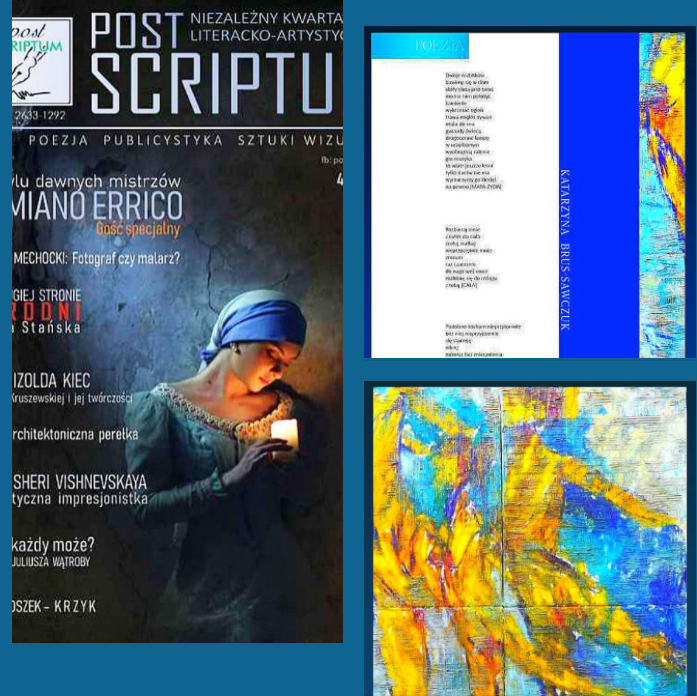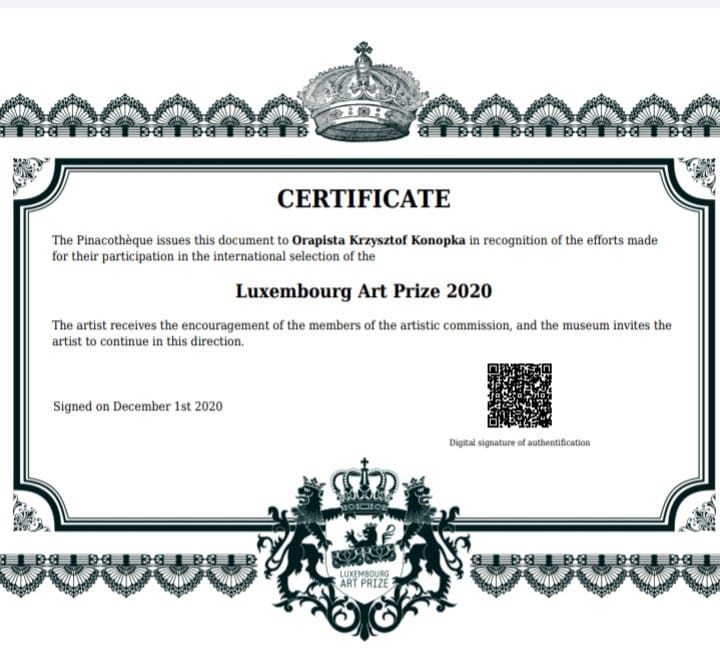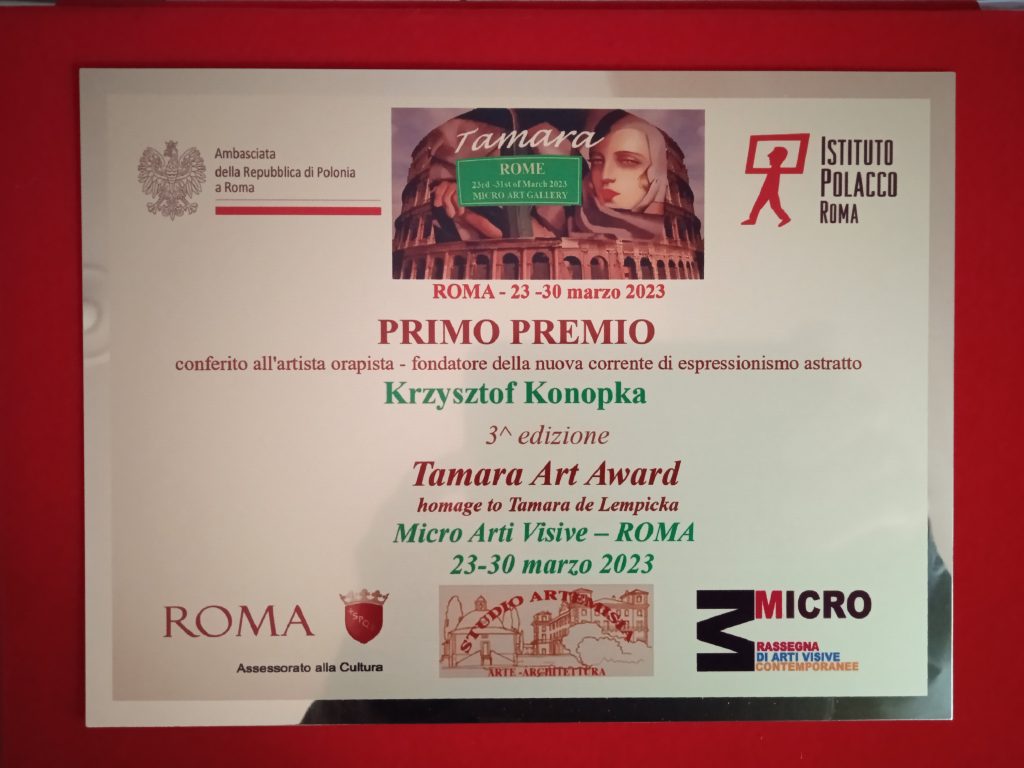
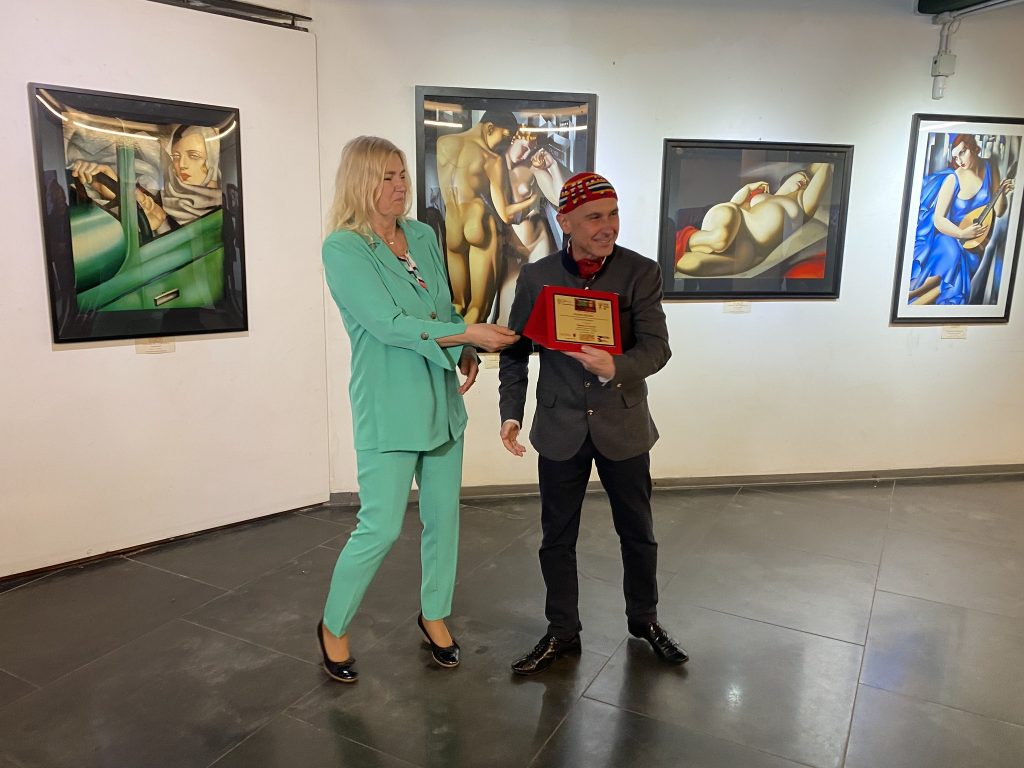




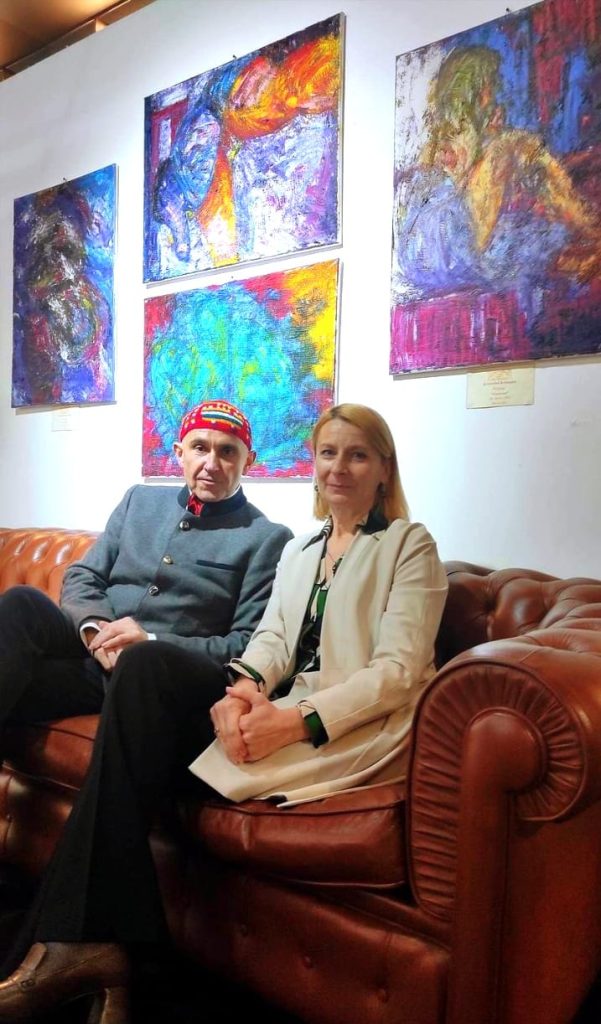
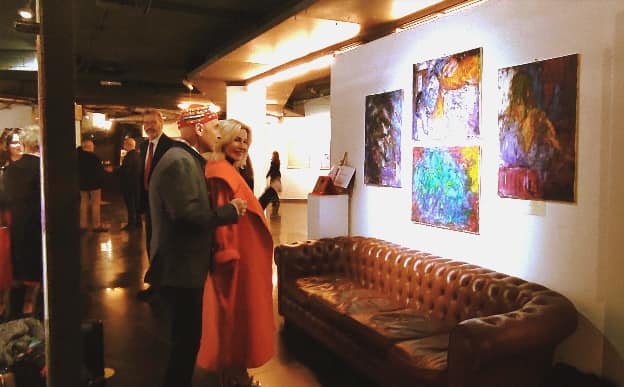
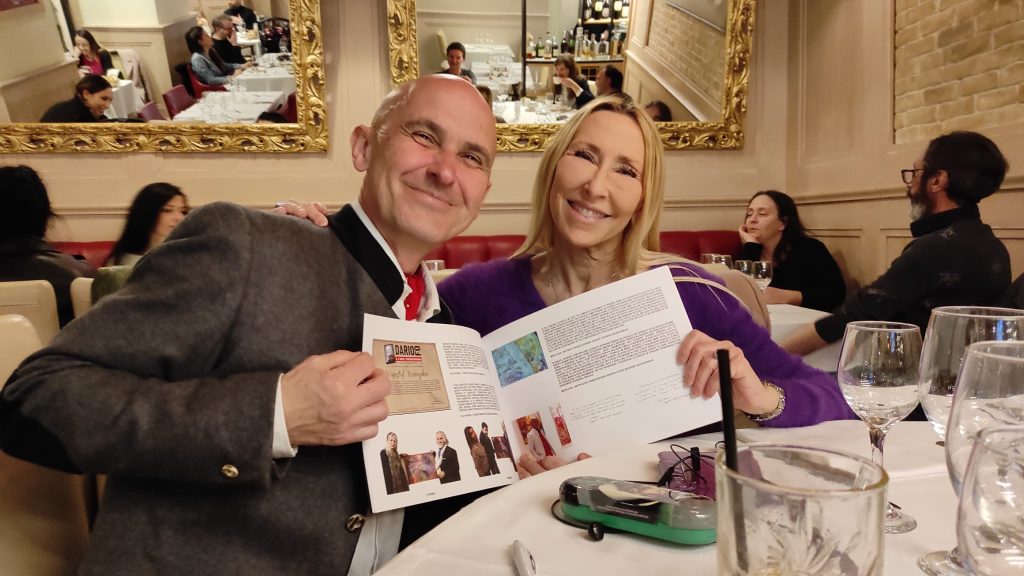
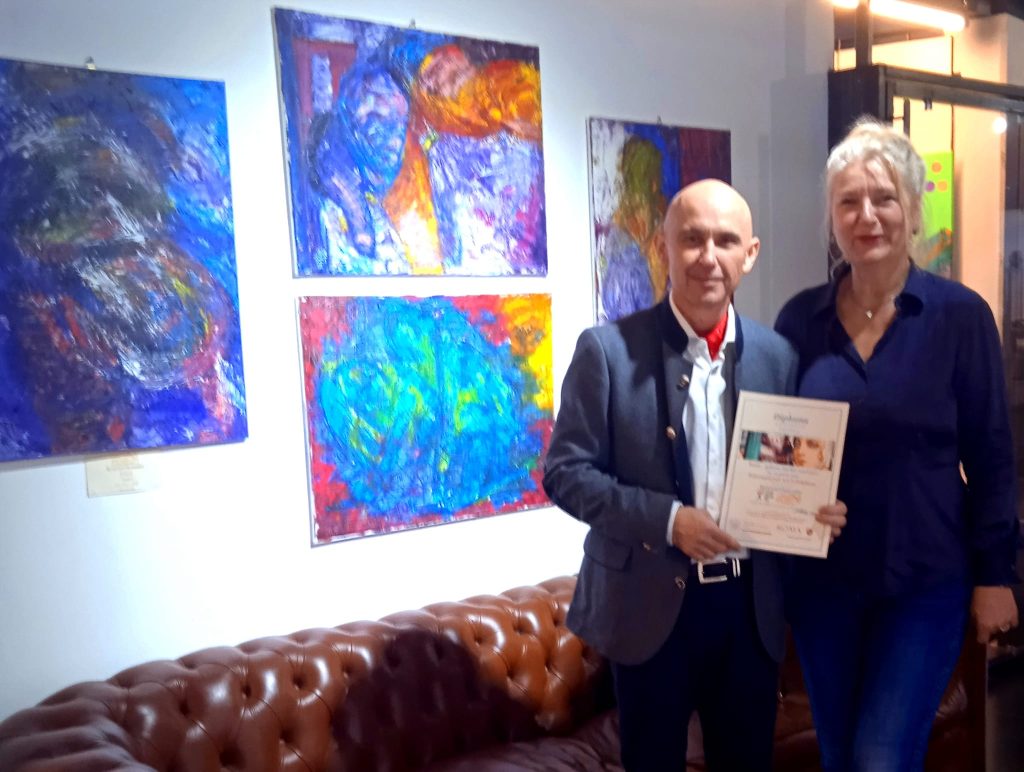


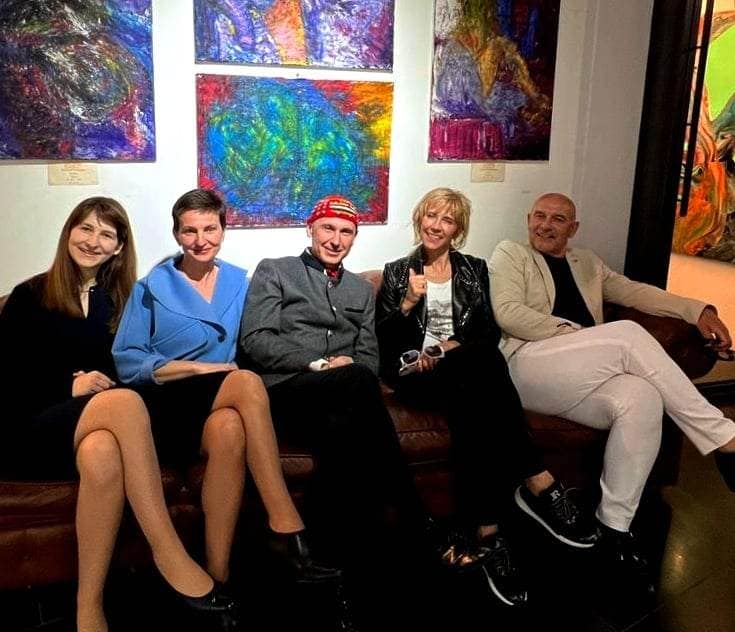













Powitanie na wystawie AqvArt
Nagroda dla Krzysztofa Konopki za stworzenie orapizmu, nowego nurtu w sztuce abstrakcyjnej.
Wywiad dla TV Wenecja
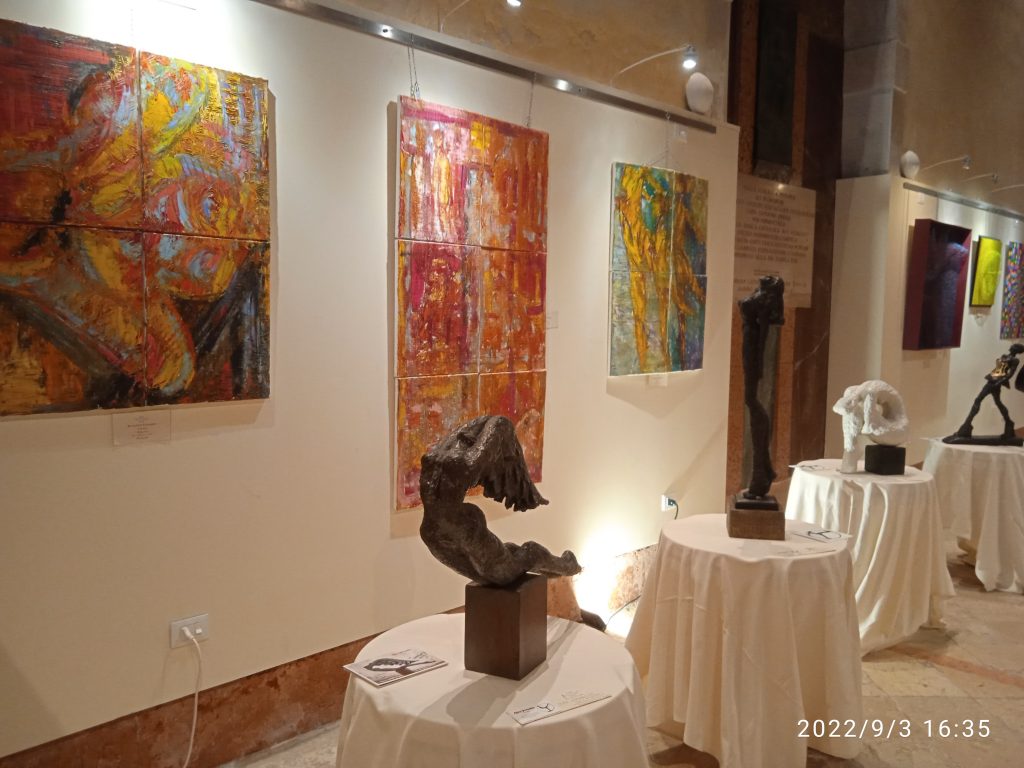
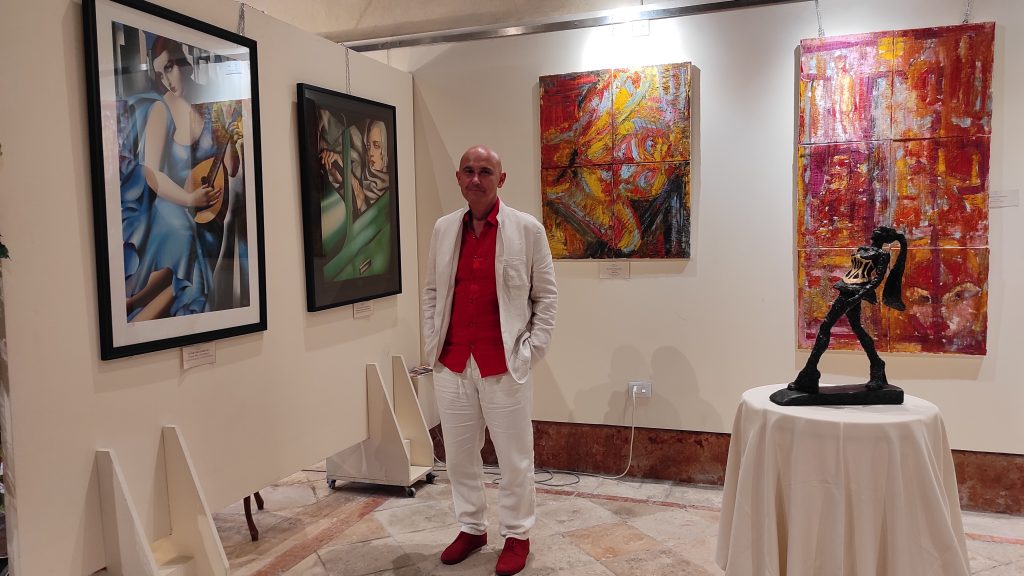
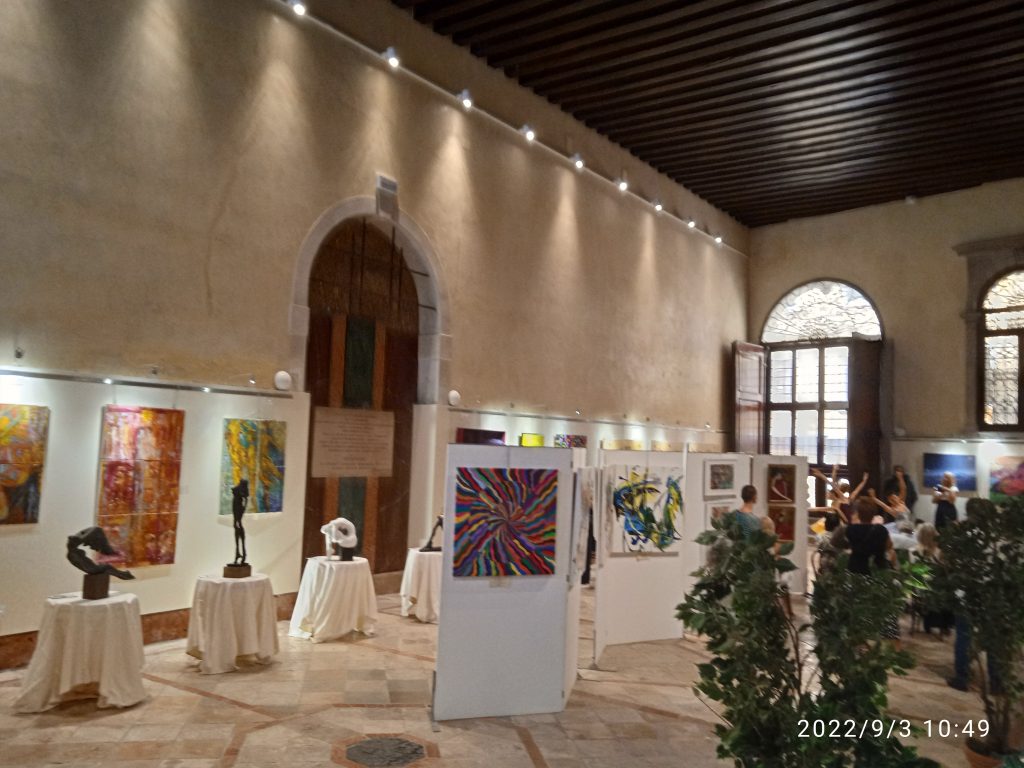

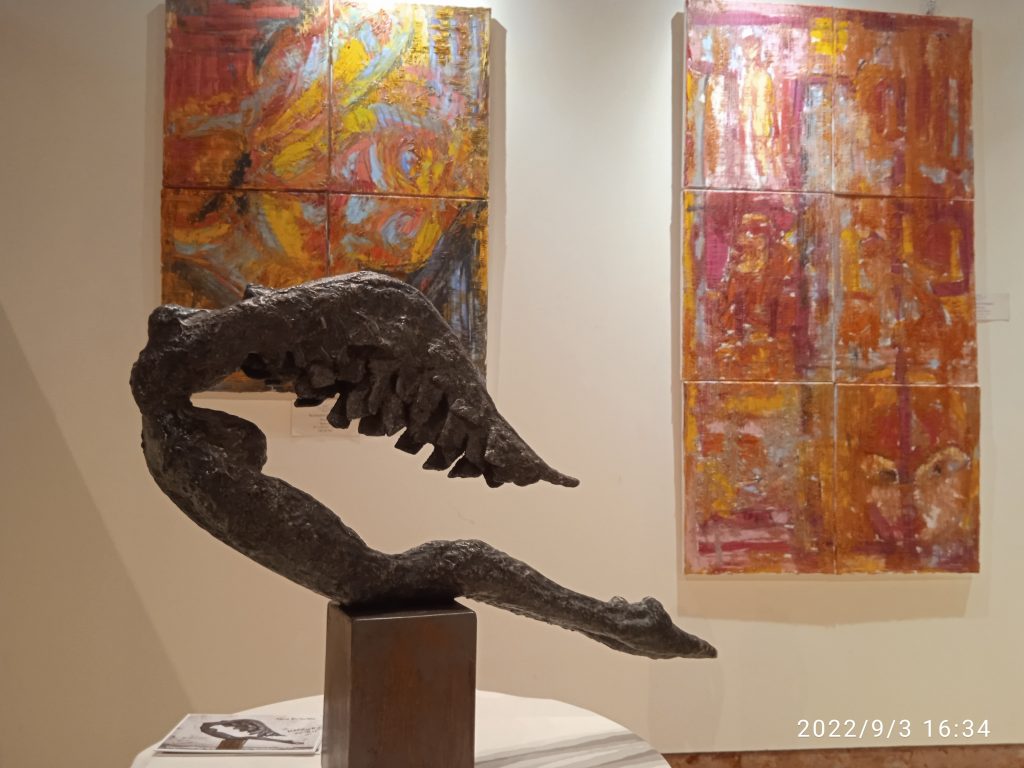
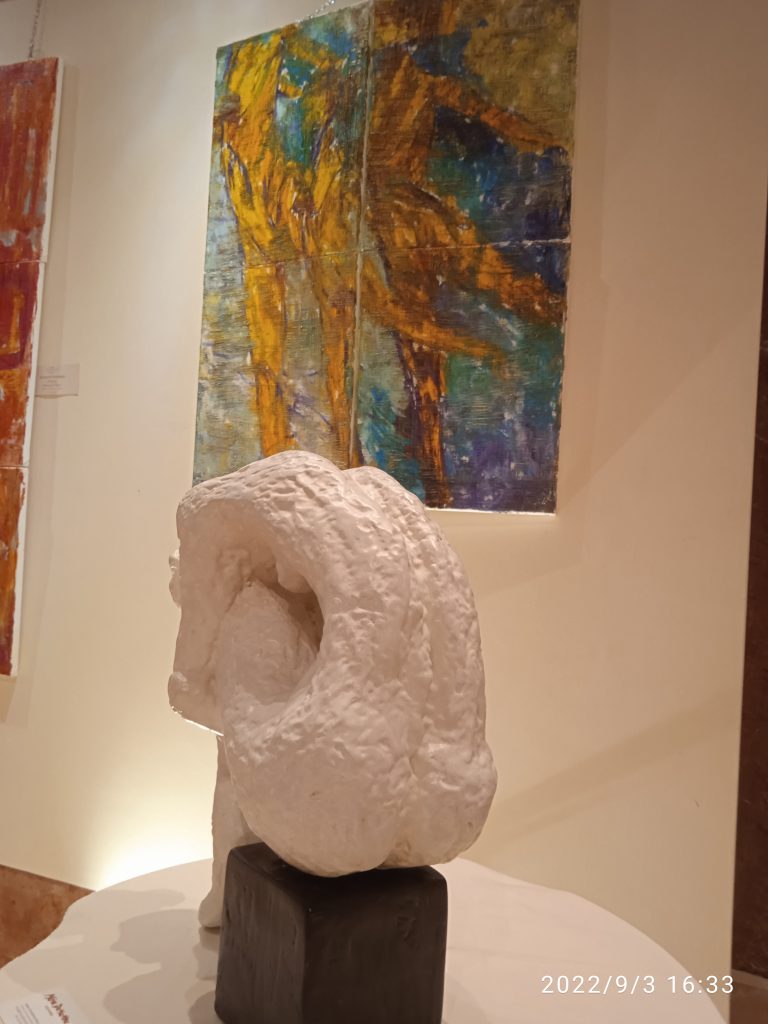

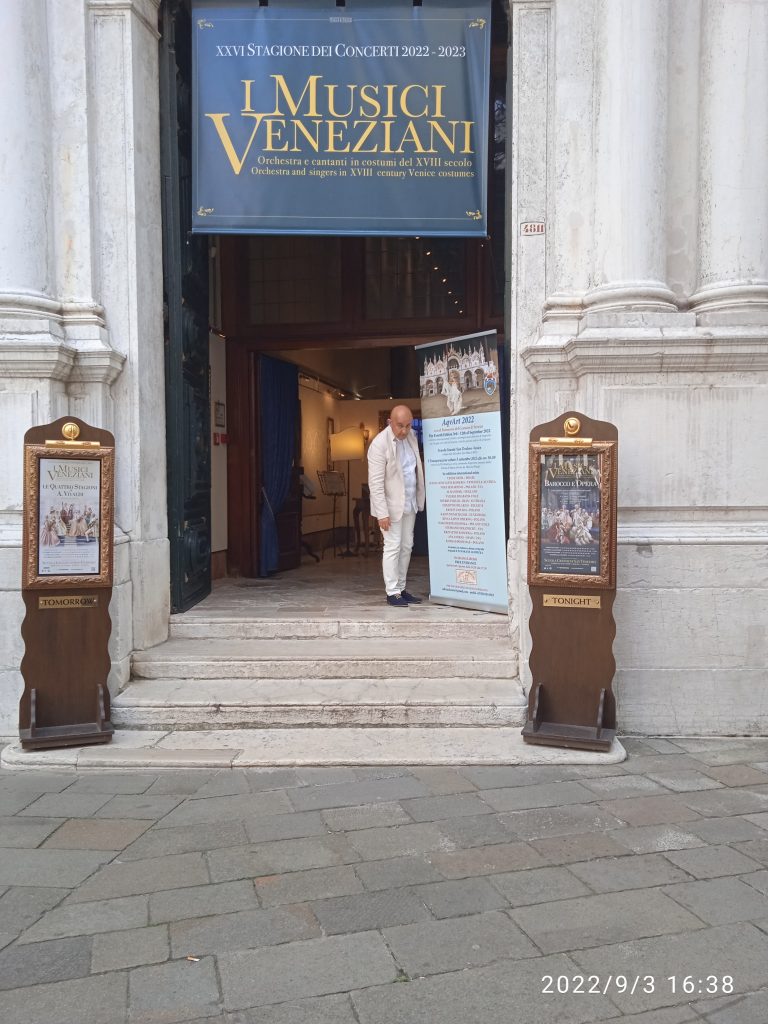
Obraz ,,DANCERS” Krzysztofa Konopki na aukcji WONDIKE w Mediolanie – kliknij w zielony napis, który jest linkiem do aukcji

Obraz Krzysztofa Konopki ,,DANCERS” obok obrazu „LA BELLA RAFAELA” Tamary Lempickiej na aukcji Wondike w Mediolanie – zakończenie aukcji odbędzie się 19 lipiec 2021r., o godzinie 17.30

Orapista Krzysztof Konopka w wywiadzie z Martą Lock – kliknij w zielony napis, aby dowiedzieć się co oznacza termin orapizm

